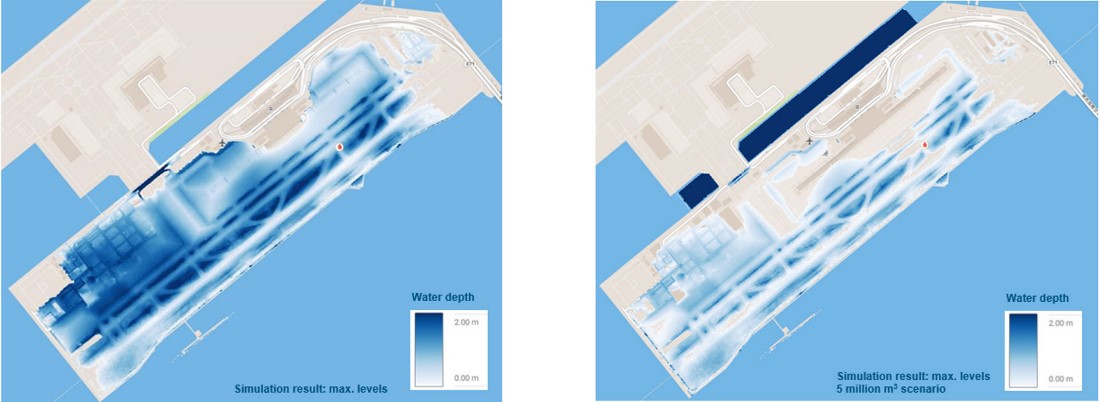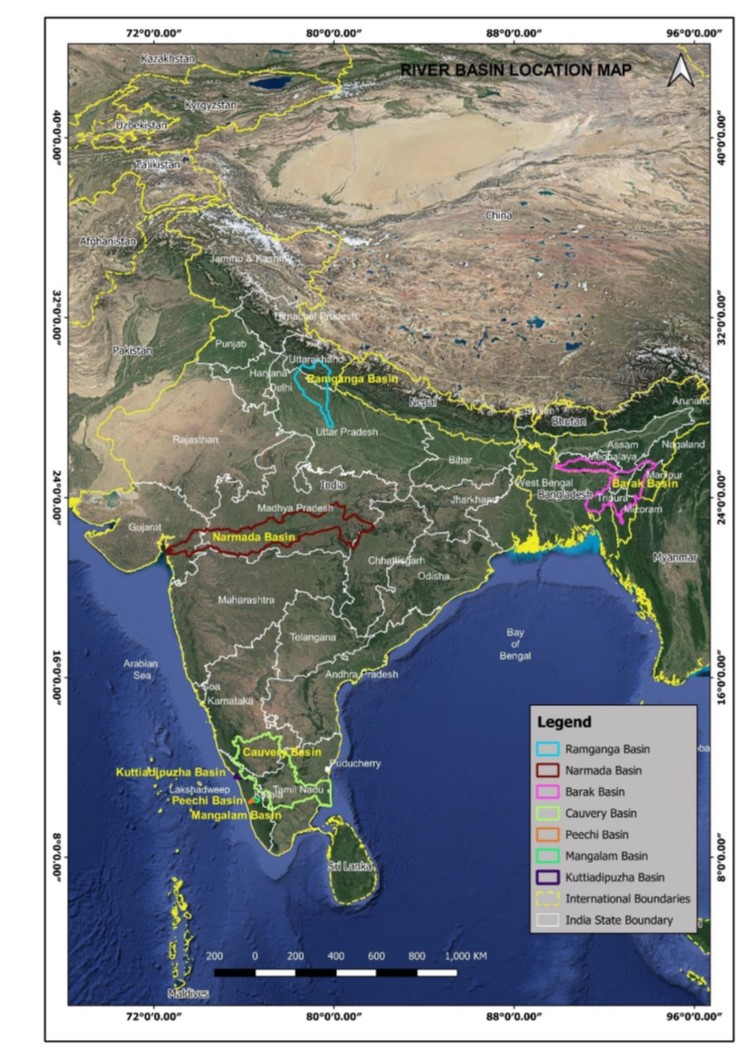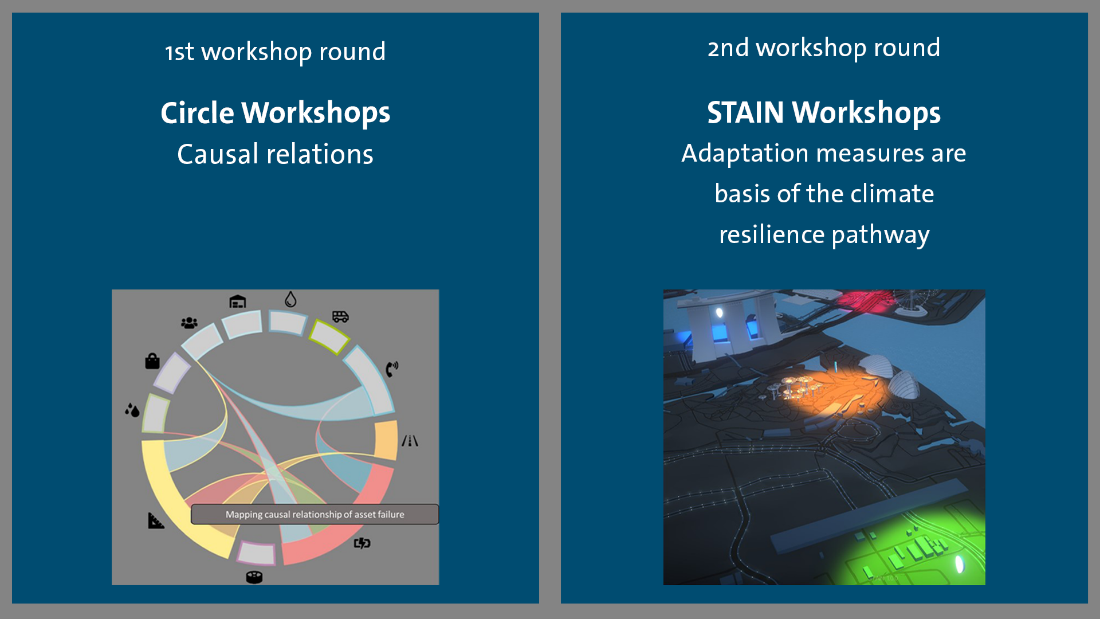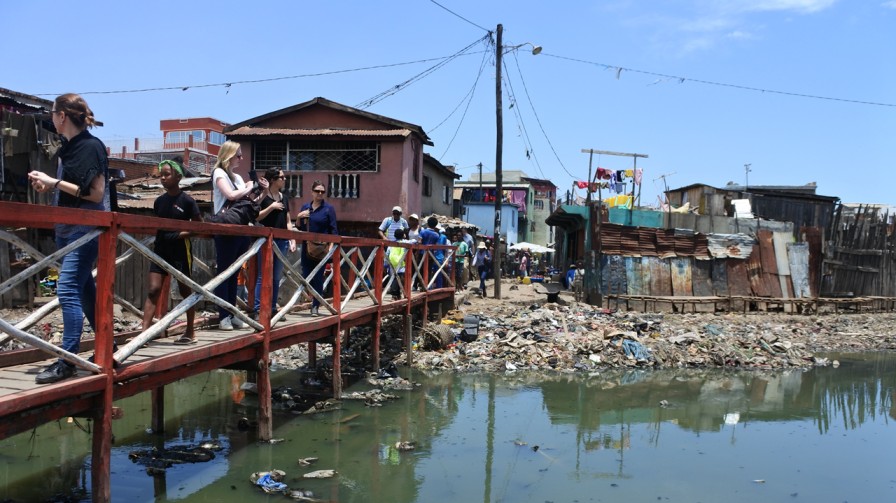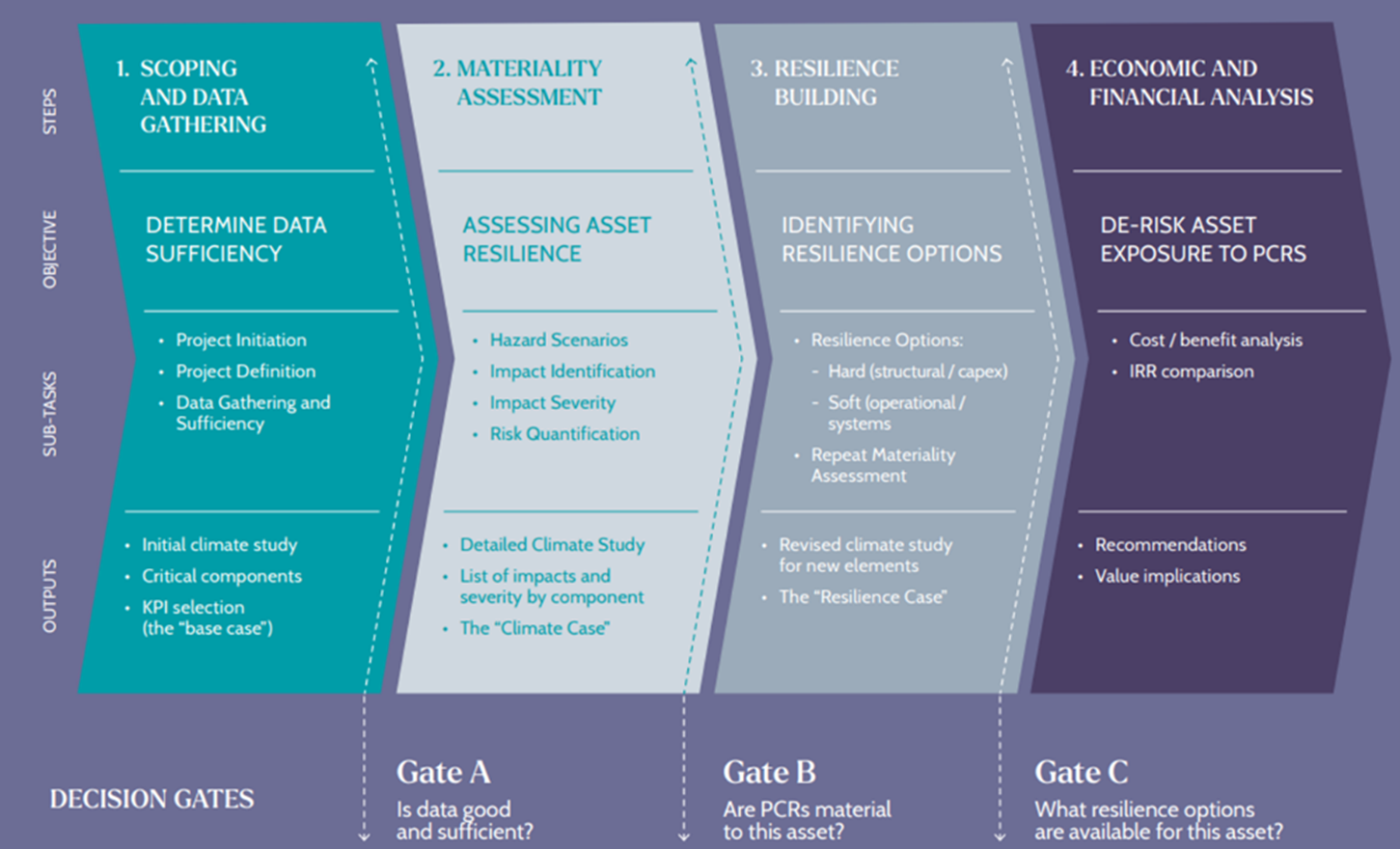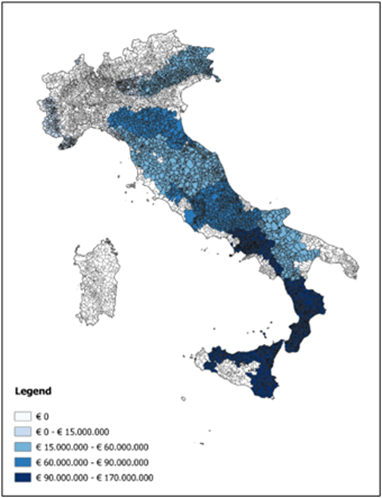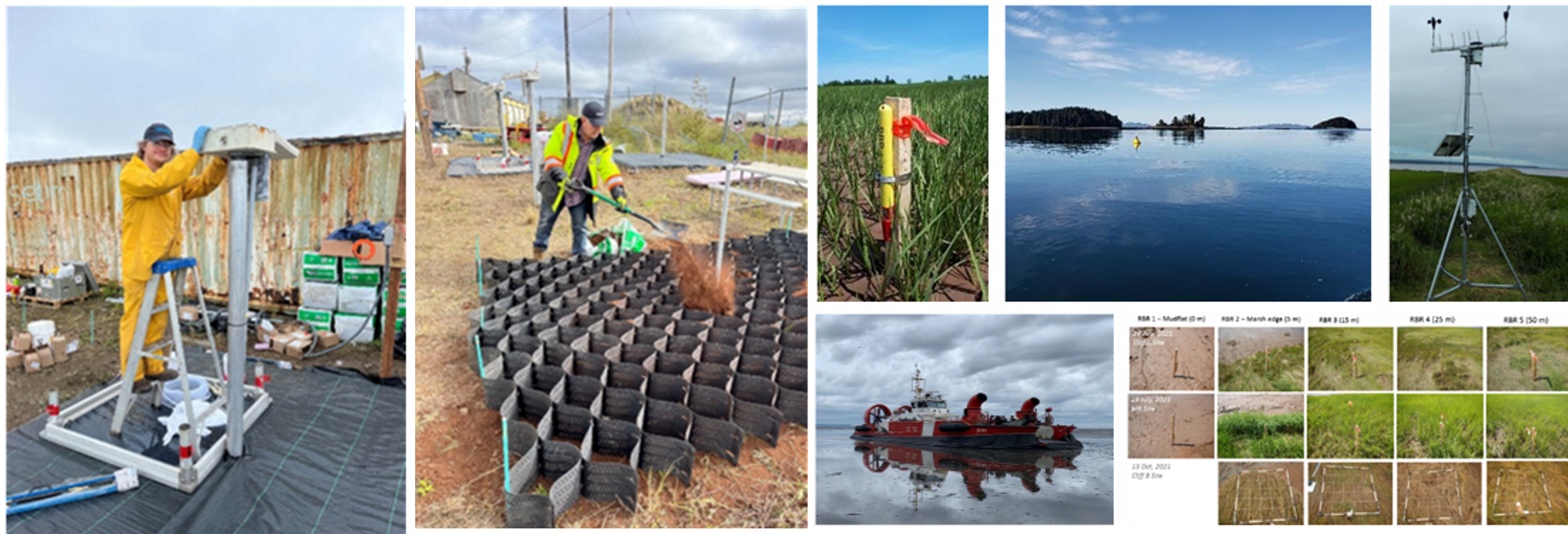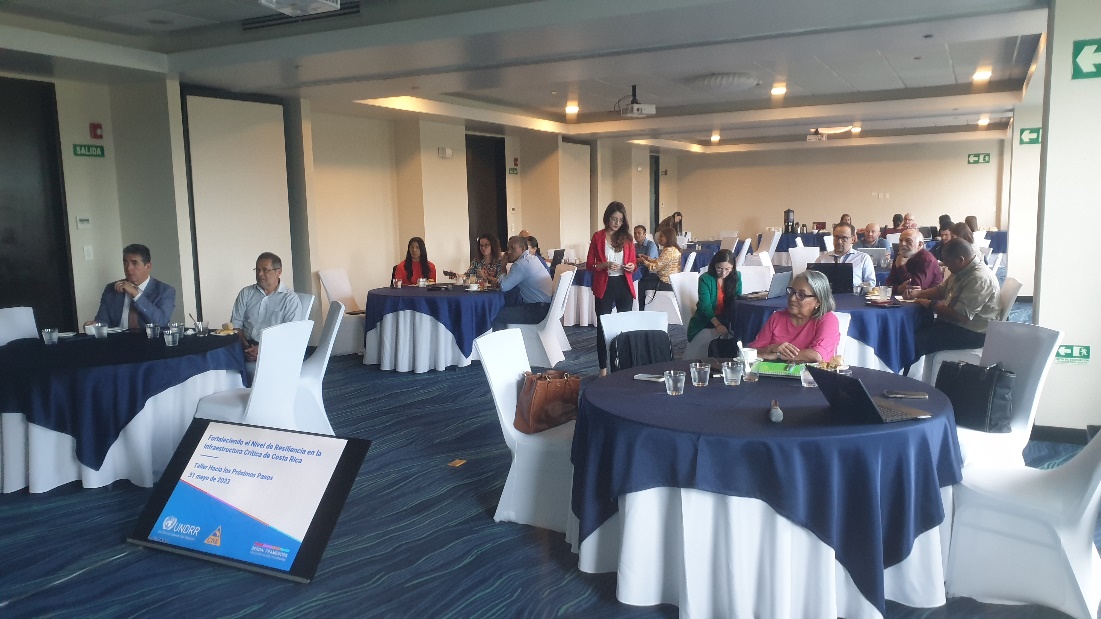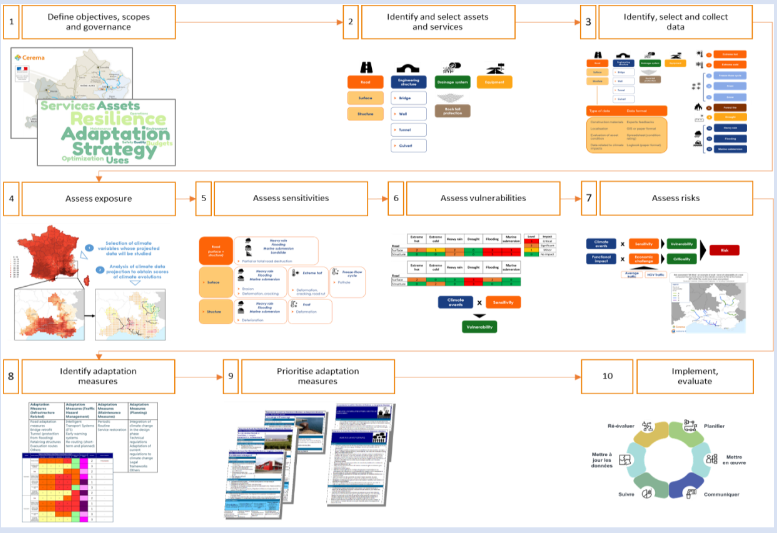The project team’s in-depth modelling and scientific expertise provided Kansai Airport with a clear vision on what assets were at risk, how that risk could be mitigated or avoided, and the investment and solutions required to do so. Additionally, insight and expertise, paired with strong stakeholder involvement, gave all the client and stakeholders an understanding of the airport assets in relation to climate resilience, helping them make improvements that will reduce their downtime during future climate events. Some notable outcomes were:
- Reducing climate-related downtime from two weeks to two days
- Increased protection of critical assets and priority areas
- Safeguarding passengers and staff during extreme weather
- Boosting stakeholder collaboration and understanding of flood scenarios
Furthermore, after choosing their preferred solution, the project team developed a phasing plan to ensure a smooth implementation that would minimize disruptions to ongoing airport operations, including delays and impacts on customer experience and commercial revenues.
Co-Benefits of the Initiative:
- Enhanced safety: Reducing the risk of damage, disruption, and potential harm during flooding events has improved flood resilience, the safety of passengers, staff, and infrastructure at the airport.
- Business continuity: The project will help ensure the continuity of airport operations even in the face of flooding. By implementing measures such as backup power systems, relocatable equipment, and emergency response plans, the airport will be able to maintain essential services, minimize downtime from two weeks to two days, and prevent significant financial losses during flood events.
- Reputation and stakeholder confidence: The project not only enhances an airport's reputation but also instills confidence among stakeholders, including airlines, passengers, and investors. The airport will be seen as reliable and capable of managing emergencies, attracting business, and maintaining positive relationships with stakeholders.
- Knowledge sharing and innovation: The project involved knowledge sharing, collaboration, and innovation. Other airports can exchange best practices, learn from experiences of Kansai International Airport, and contribute to the development of innovative flood mitigation strategies. This fosters continuous learning and drives advancements in airport flood resilience worldwide.
Implementation Challenges and Mitigation Strategies:
It was crucial to ensure that any potential solutions would need to safeguard both the continuity of airport operations and improve flood resilience. In approaching a solution, the project team sought to bring together stakeholders across various disciplines within the airport. By exploring the needs and requirements of each, they created a shared vision of what is necessary to serve the immediate needs of Kansai Airport today and the improvements required to safeguard it in the future. To enable and facilitate these conversations and collaborations, they employed the use of new digital platforms like the Circle Tool. The tool allowed them to communicate data and insights in a common visual language – cutting through the complexity to enable informed decision-making for the client, including generating insights into where to invest mitigation efforts.
Scalability:
By taking a long-term perspective towards disaster resilience for airports, airport operators can simultaneously work towards mitigation, adaptation, and resilience objectives to enable airports to ensure business continuity and contribute to a safe and comfortable passenger experience.
It is important to note that each airport's flood risk profile is influenced by factors such as geographic location, local climate conditions, and the effectiveness of flood prevention measures in place. Although the specific nature and magnitude of the risks may vary, the lessons learnt from this project can also be applied to other airports which are in low-lying areas and are prone to flooding, hurricanes, and heavy rainfall events. Lessons are also applicable to airports located in a coastal area likely to be susceptible to storm surge and sea-level rise.









